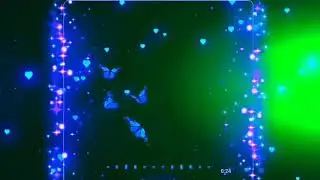Understanding Pooling Layers in Convolutional Neural Networks
The AI only sees what you feed it, and it doesn't inherently understand the information. For instance, if you dump heaps of data into it, it won't identify any relationships between the different parts. you can better direct the AI by using something called pooling layers. These expose the AI to numerous correlations within the given data set.
The system creates links between neighboring pieces of data, in a 2D or even a 3D structure, and simplifies broad sets of data into single points. These points can speed up your model's learning process, and also help it figure out connections based on the closeness of data points. This method works especially well with images, since they are also two-dimensional.
Just like you would notice differences between an object at the top and bottom of a photo, the AI can learn the importance of the position of a pixel using pooling layers. While the technique can be applied to text data as well, its application may be less intriguing, though still possible. For instance, the AI may be able to associate words like 'test' and 'unfair' depending on your preferential layering.
So what we're really doing is feeding our input data, assigning XY coordinates, merging cells usually through summing them or finding their average, and creating a smaller data set for the AI to process. Although terms like 'pooling layers’ and 'convolutional neural networks' make it sound complex, the process is quite straightforward.







